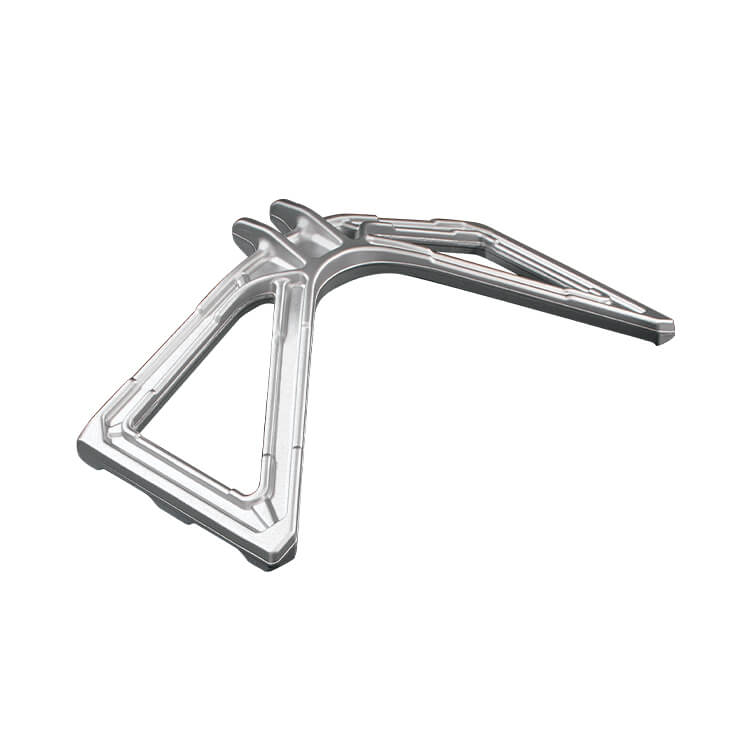Custom Precision Helical Gears
Precision helical gear is a kind of component of helical gear meshing mode, which has the characteristics of good meshing, stable transmission and low noise. Helical gears are superior to straight teeth, and can be used for high-speed and heavy-duty compact center distances; the gears are made of high-quality high-strength alloy steel, and the surface is carburized and hardened, with strong bearing capacity and durability. Helical gears are not exactly helical gears. It should be said that helical gears are the meshing mode of two helical gears, which are distinguished by the different directions in which they transmit force in space.

Processing methods
● Shaving: When machining helical gears, it is still necessary to pay attention to the machining by shaving. The shape of this tool is similar to that of a very precise helical cylindrical gear. There are many small grooves on the tooth surface to form the cutting edge.
● Honing: The honing wheel is a conical cylindrical gear with high tooth profile accuracy by casting or hot pressing abrasives and epoxy resin. When the workpiece is driven to rotate at high speed, a very thin metal layer is removed from the tooth flank of the workpiece, thereby reducing the flank roughness value to less than Ra0.4m.
● Grinding: The forming method requires dressing the grinding wheel to match the shape of the workpiece teeth, and then grinding the cut interdental spaces in a similar way to milling with a gear milling cutter. Compared with teeth ground by forming method, the productivity is high.
● Grinding: Grinding teeth add abrasive materials between the gear and the tooth surface of the grinding rotation with slight braking and the tooth surface of the free meshing mesh without gap, and use the relative sliding of the tooth surface to cut a very thin metal layer from the tooth surface of the gear, reduce the surface roughness value, and compensate for some errors of the gear, which is one of the processing principles.

Features
● The gear surface is at an oblique angle, so there are relatively many contact points, and the transmission efficiency between the gears is high.
● The gear shaft is at an oblique angle to the axis, which can bear a large axial load.
● The bevel angle of the tooth surface makes the contact point between the gears change gradually, thereby reducing the impact and vibration during gear transmission and making the transmission more stable.
● Because the tooth surface of the helical gear is at an oblique angle to the axis, it can transmit power from one shaft to another and change the transmission direction, which is suitable for occasions where the transmission direction needs to be changed.
● Generally, it is used in pairs and consists of two gears. When installing, you only need to place the two gears on the corresponding shafts.











